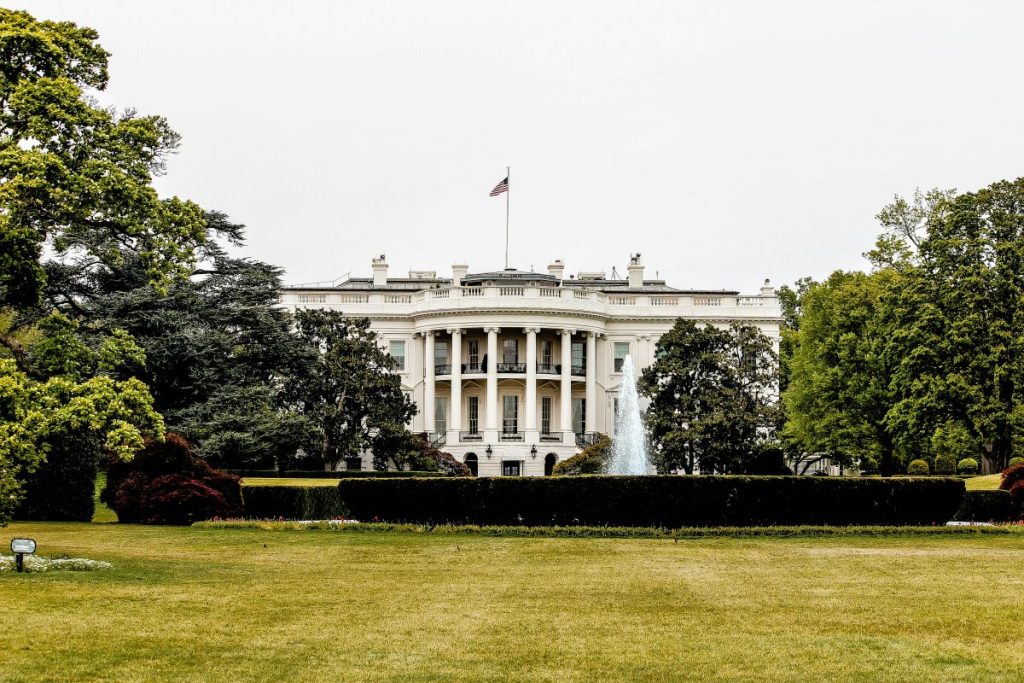With the election results ushering in a new era under president-elect Donald Trump, American manufacturers are bracing for potential changes. Here’s what the proposed tariffs could mean for the industry and how businesses might adjust.
Tariff Proposals and Their Implications
As the dust settles from the recent election, the spotlight turns to president-elect Donald Trump’s proposed tariffs and their potential effects on American manufacturing. The reintroduction of significant tariffs on imports—ranging from 7.5% to potentially 60%—could profoundly reshape the competitive landscape. This proposed shift aims to protect domestic manufacturers by raising the cost of imported goods, thus incentivizing homegrown production and aligning foreign trade practices with fair standards.
Economic Perspectives and Strategic Shifts
Historically, tariffs were a primary revenue source for the U.S. government prior to the federal income tax in 1913. Post-World War II, the emphasis on global trade reduced reliance on tariffs. However, recent shifts towards reshoring indicate a significant transformation in U.S. trade policies. The debate among economists continues, with varied opinions on whether the proposed tariffs will benefit or hinder the U.S. economy. Manufacturers, too, are divided, facing both opportunities and challenges in the wake of these changes.
Sector-Specific Outcomes
The impact of tariffs will vary greatly across different manufacturing sectors. Electronics manufacturers may encounter painful shortages of essential components, while chemical producers could see benefits from increased reshoring. Smaller manufacturers might struggle with transition costs, but larger entities have the opportunity to use this period as a catalyst to overhaul their supply networks. The most successful firms will likely be those that do not merely shift production but also redesign their operations to enhance flexibility and resilience.
Supply Chain Adaptation
Despite potential uncertainties, modern supply chains are well-prepared to adjust to changes. Armed with advanced tools and strategic knowledge, they are poised to remain flexible and responsive. As the industry looks forward, it remains ever-ready to adapt to new challenges, underscoring the dynamic nature of global supply chains in today’s economic landscape.
This pivotal moment presents both challenges and opportunities for American manufacturing. As the industry navigates these proposed tariffs, the ability to adapt and innovate will be key to thriving in a rapidly evolving global market.





